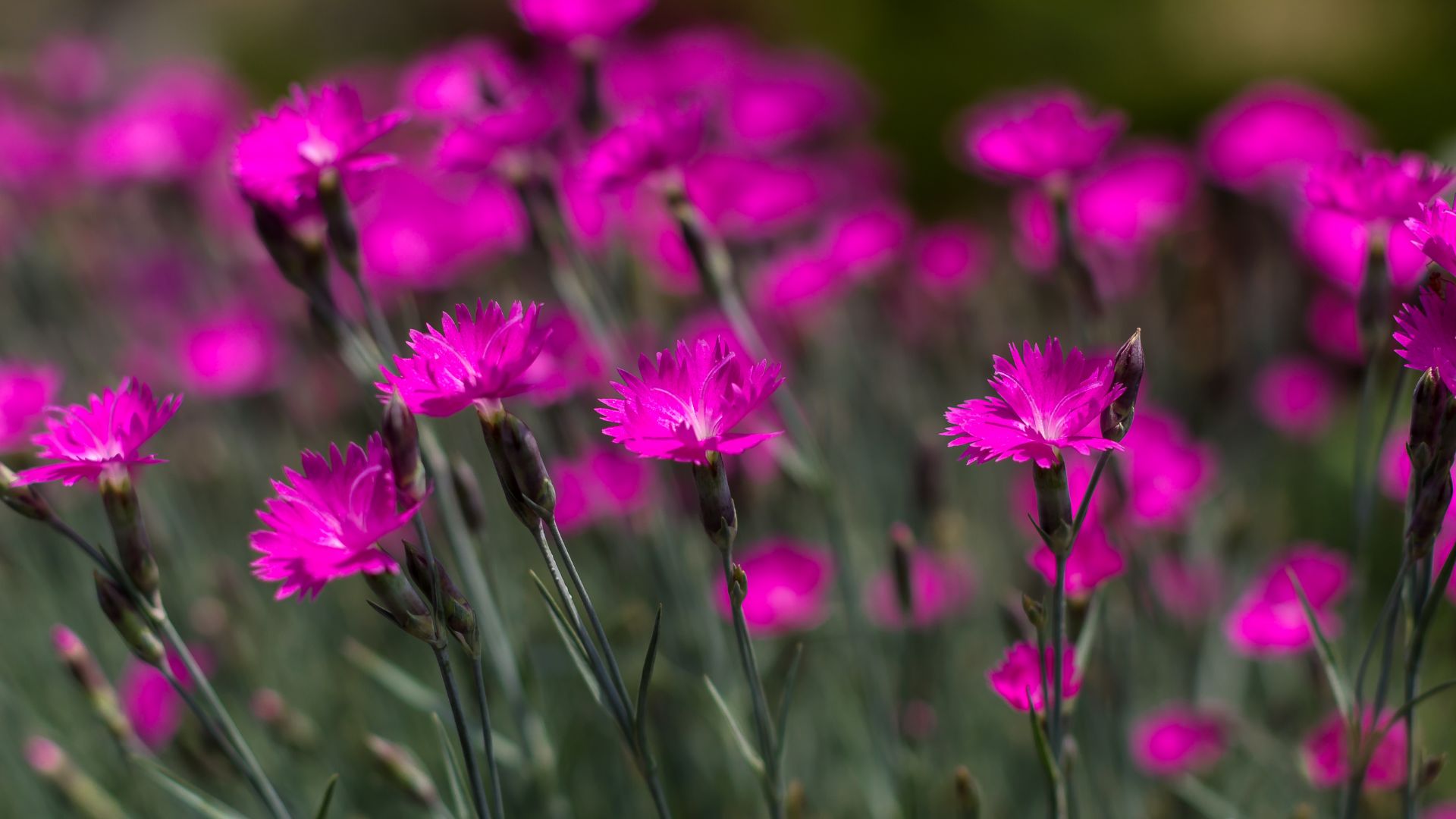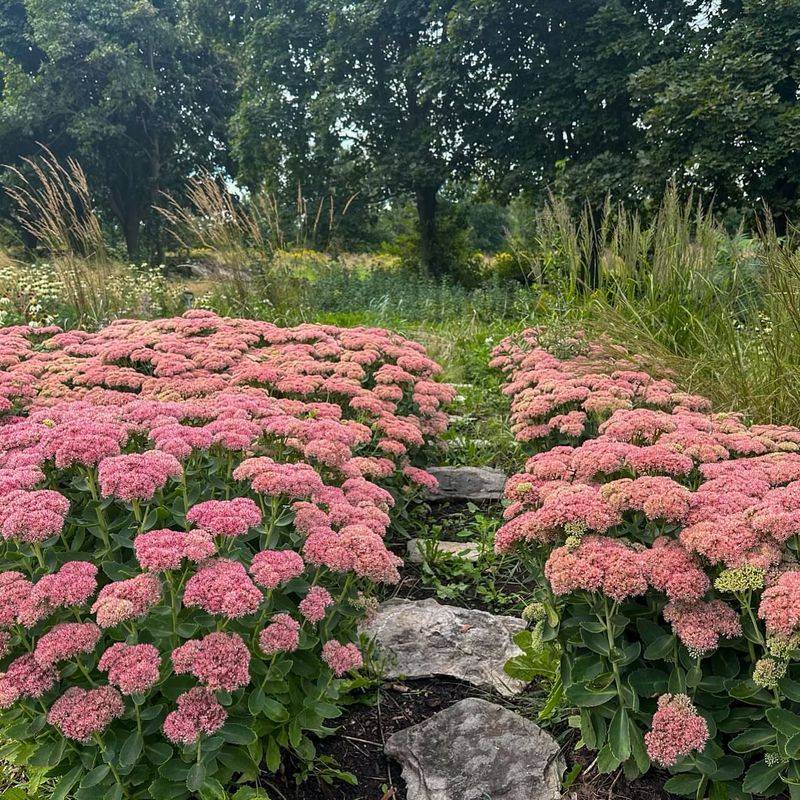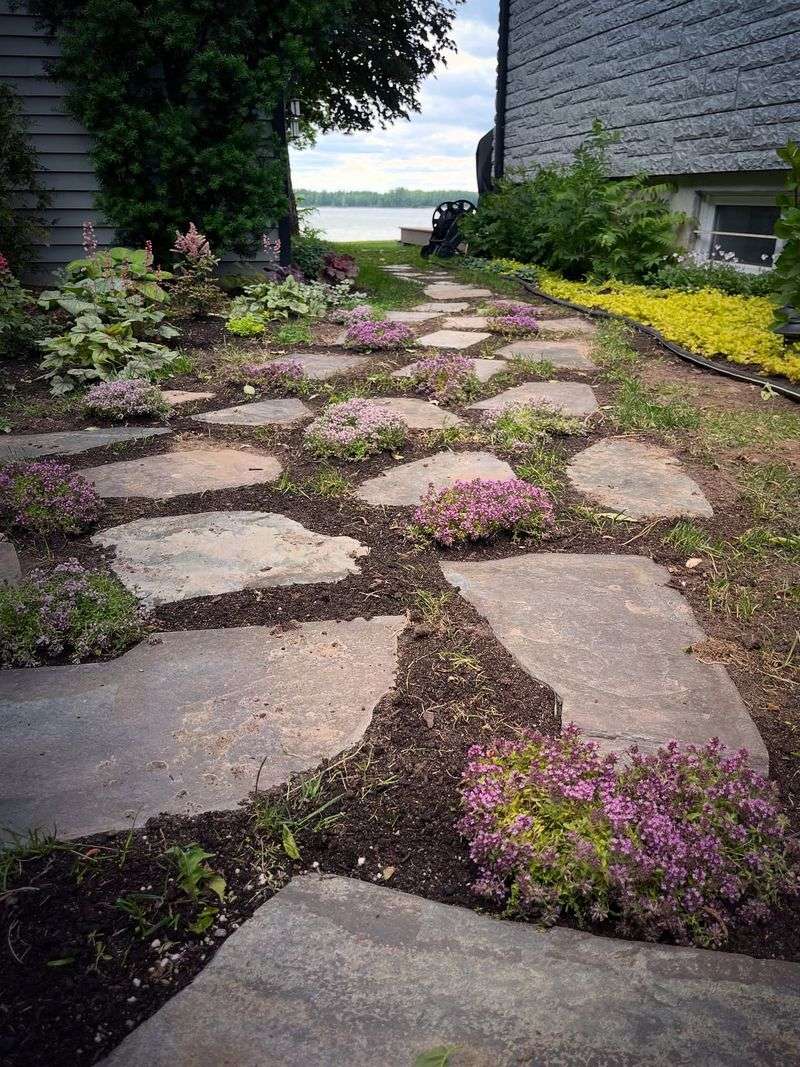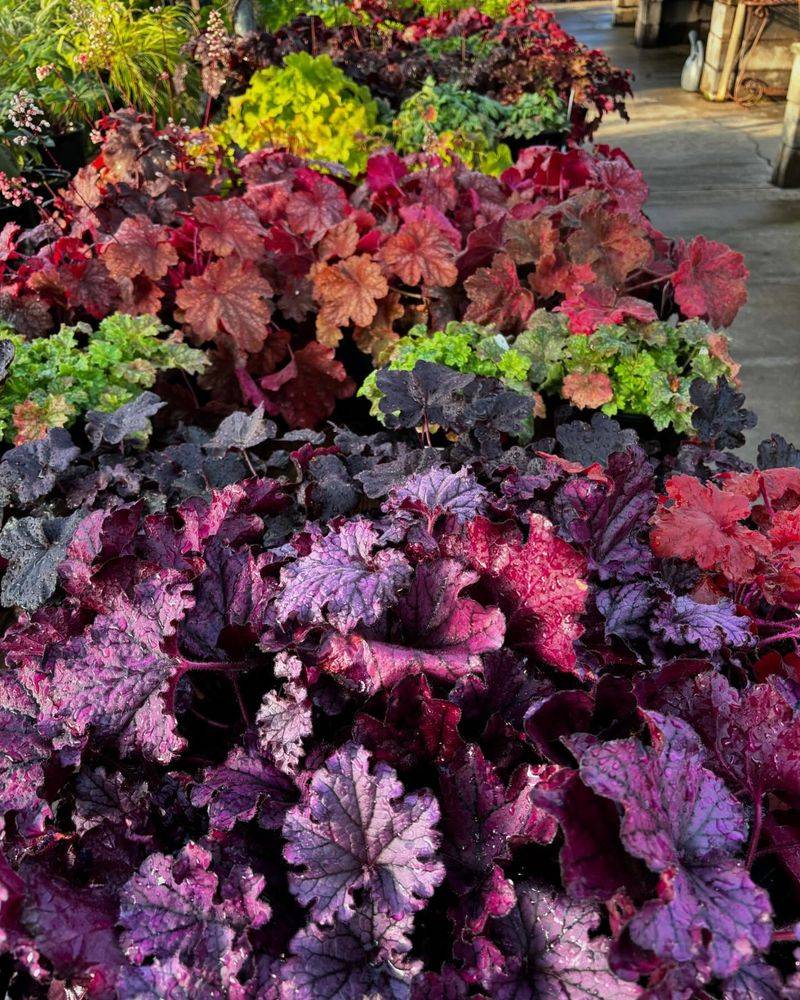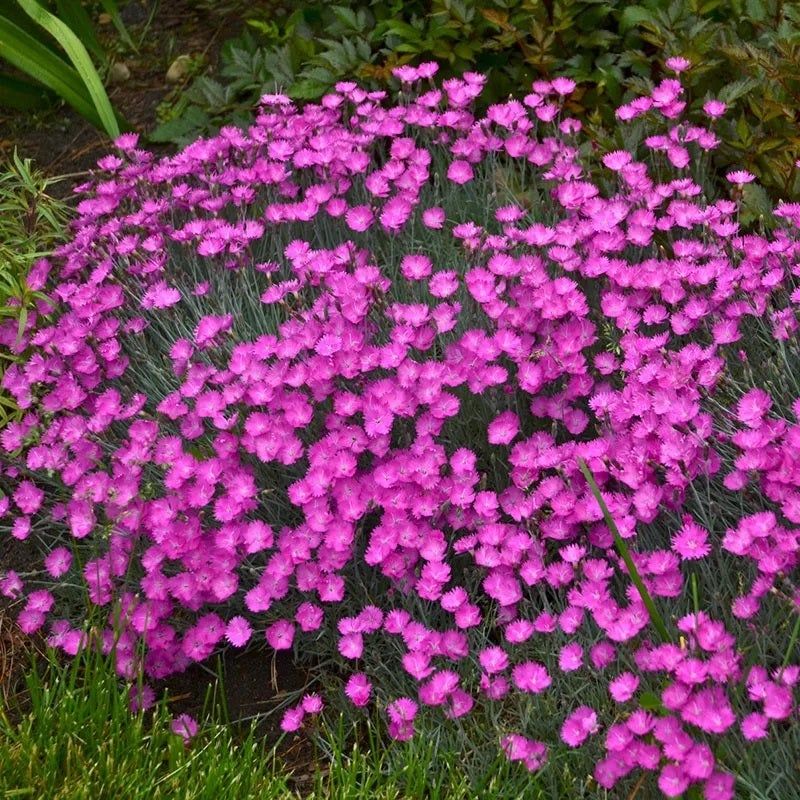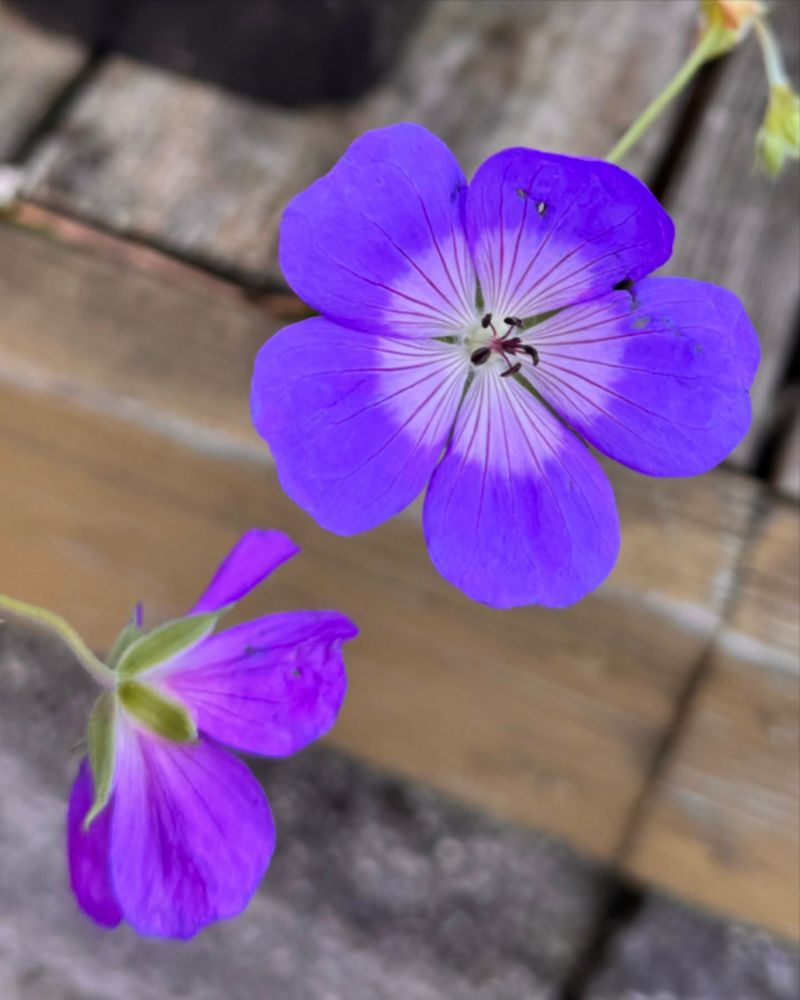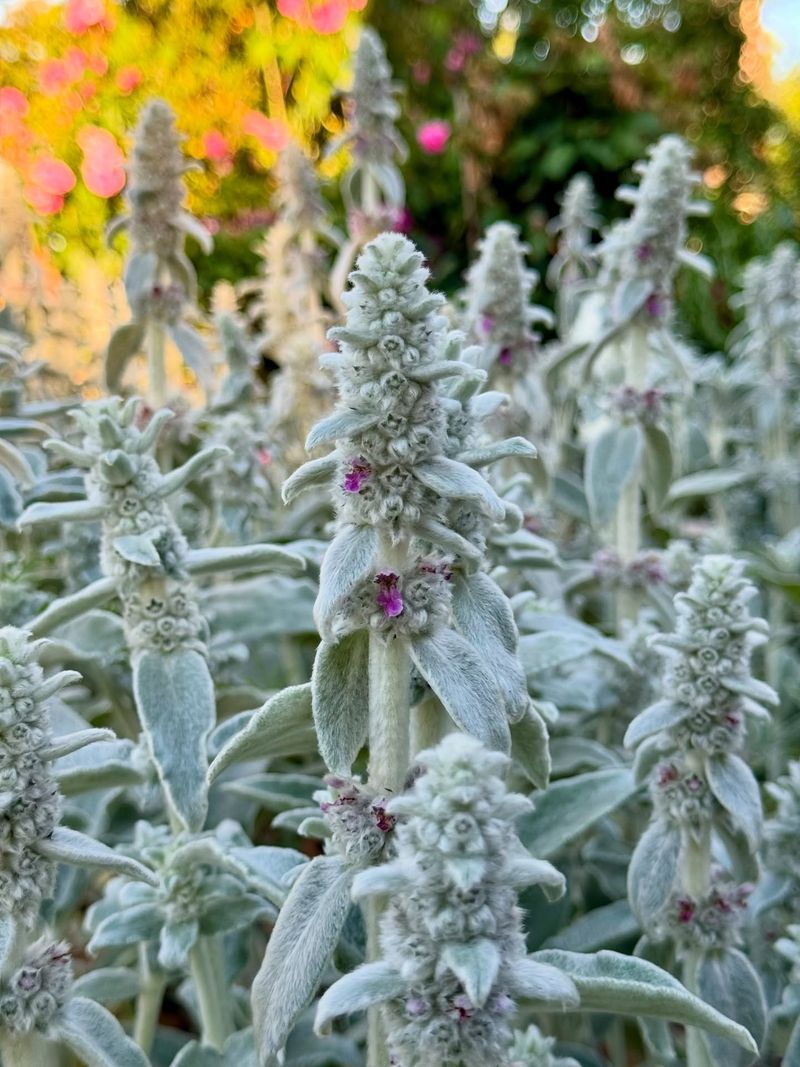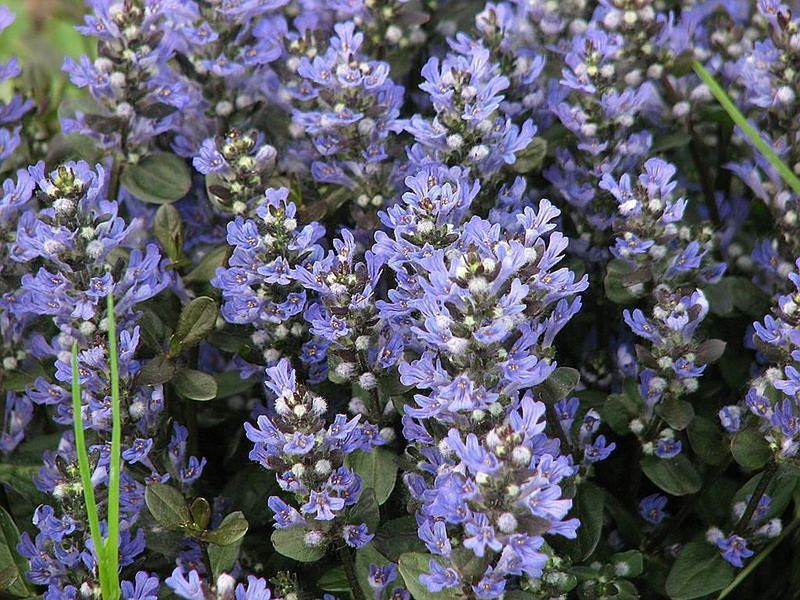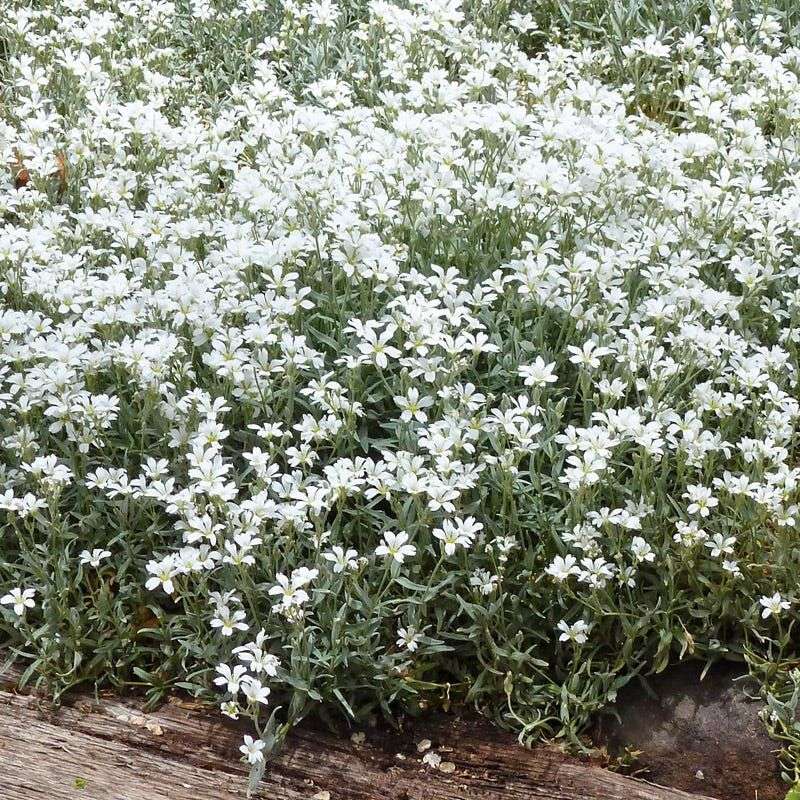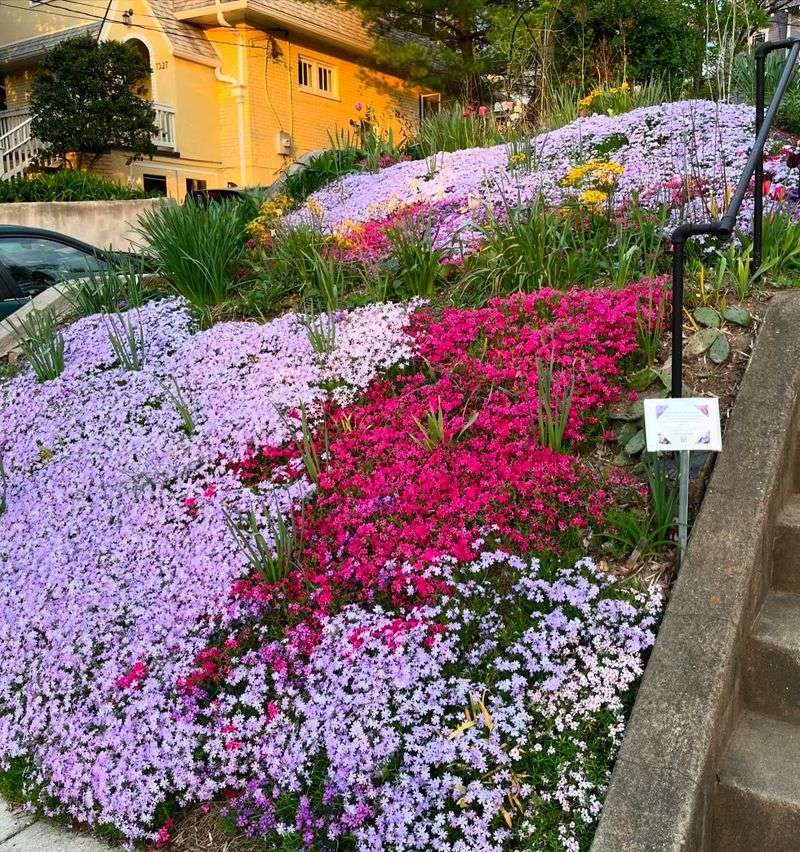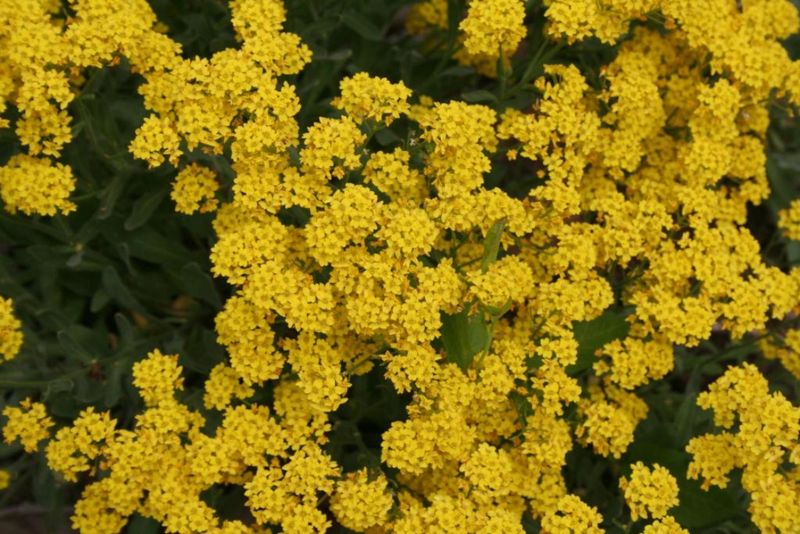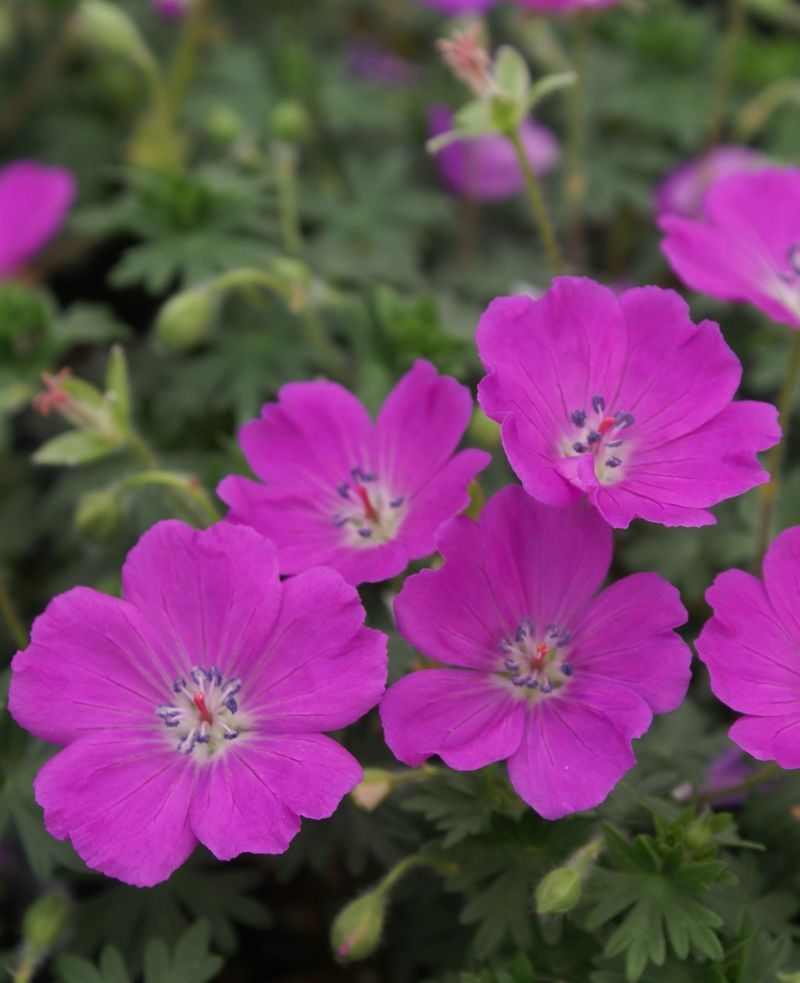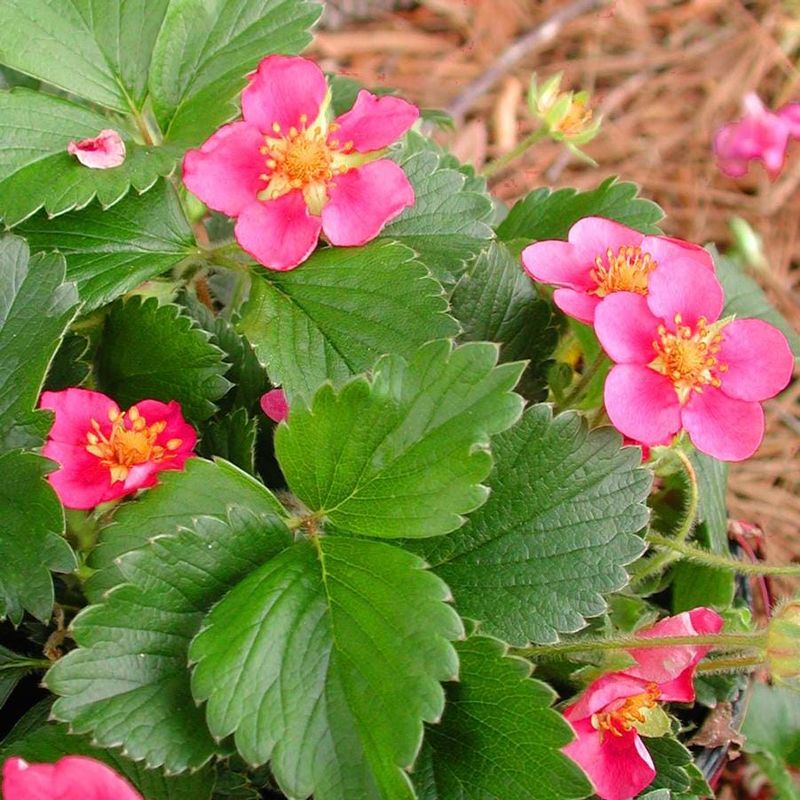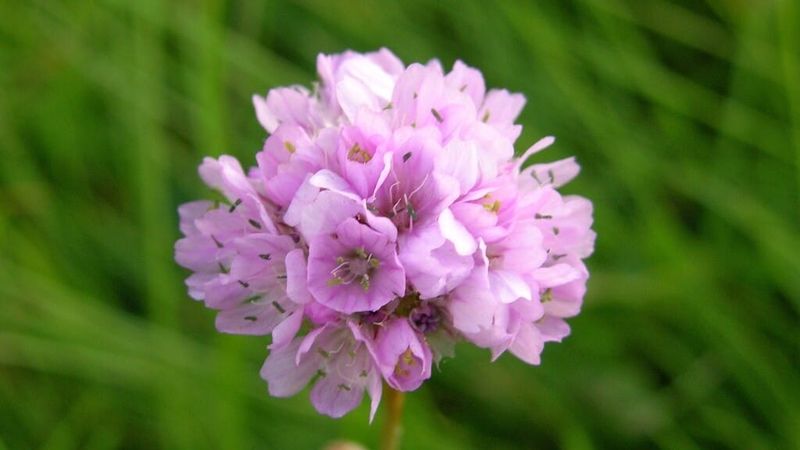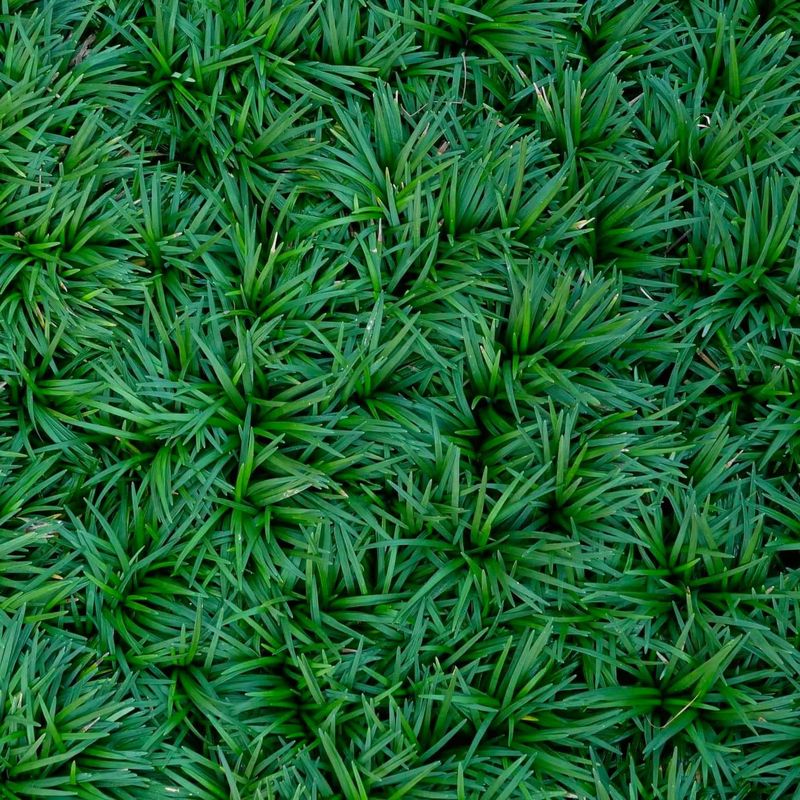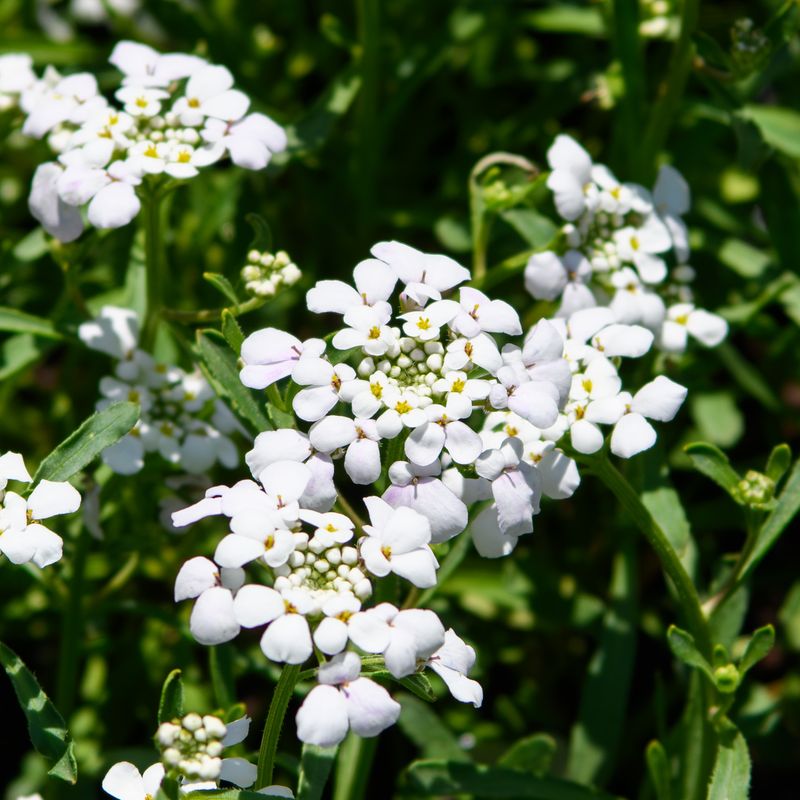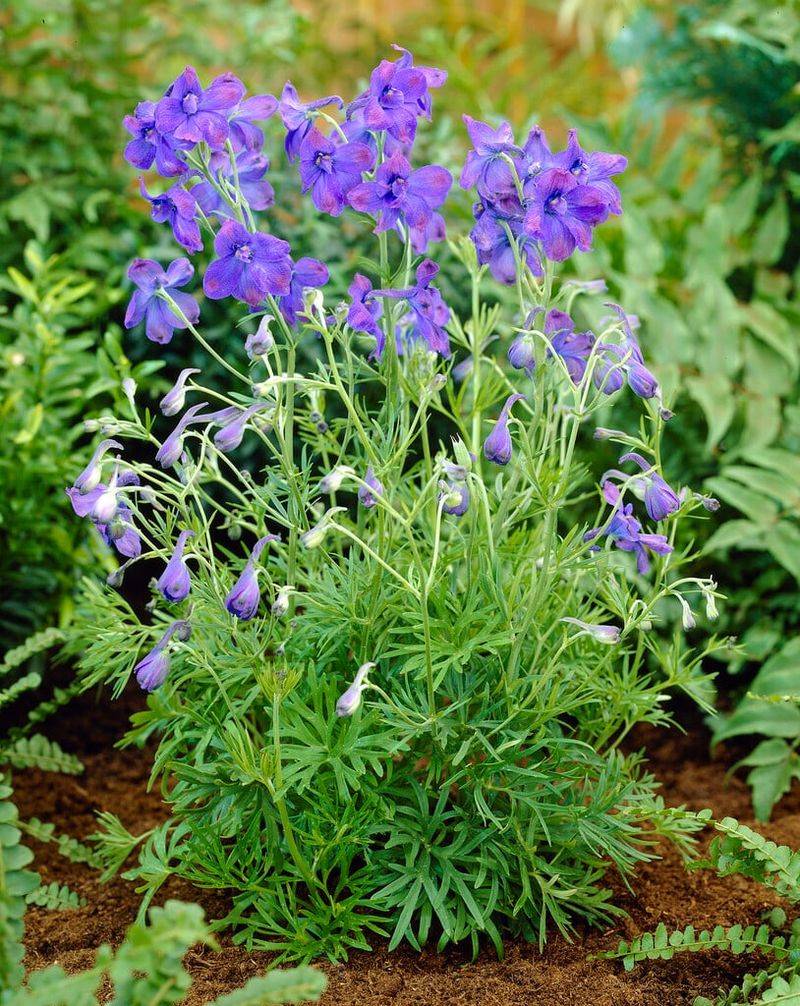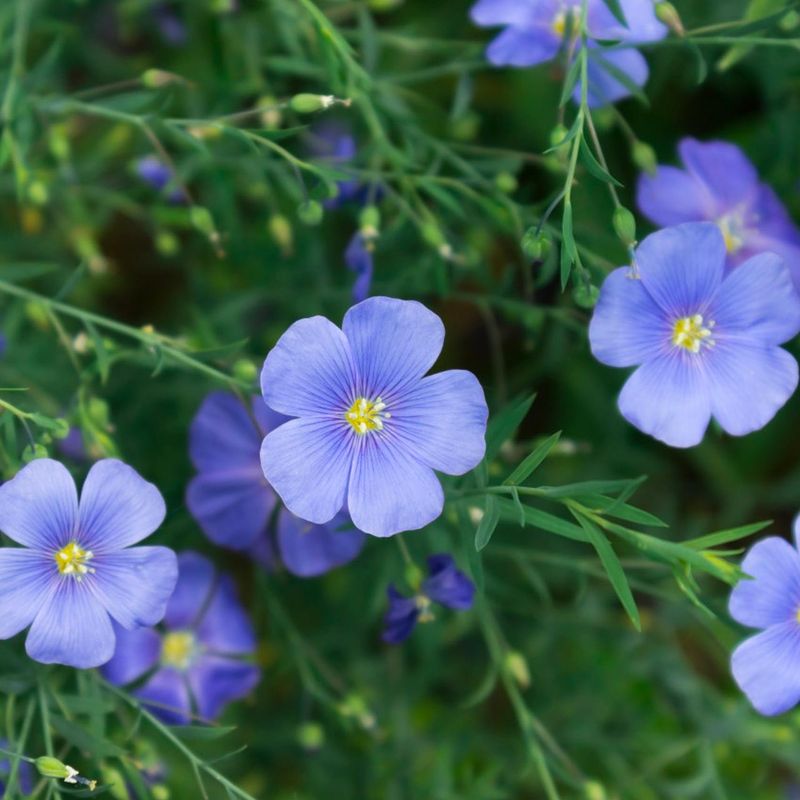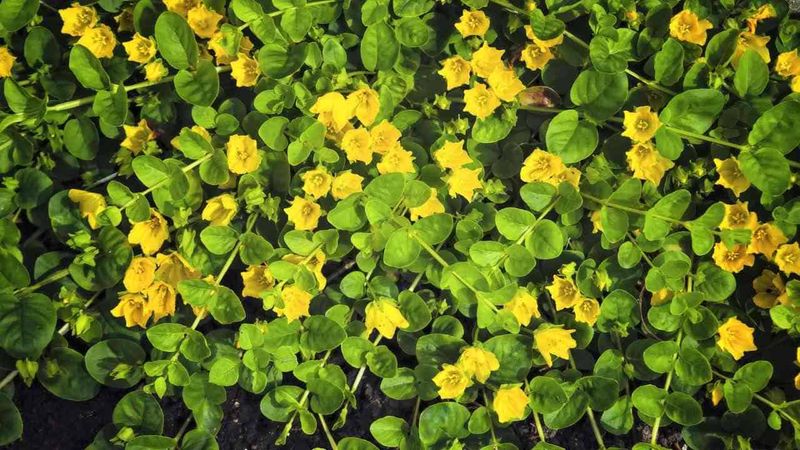Want to add lasting color to your garden without the high-maintenance fuss? Low-growing perennials are ideal for edging paths, brightening rock gardens, and filling awkward little corners. They’re compact, hardy, and often bloom for months on end. But not all small plants live up to the hype.
While some deliver consistent beauty season after season, others start strong and fade fast. Choosing the right varieties can mean the difference between a vibrant display and a garden letdown.
We’ll spotlight 15 reliable favorites that truly shine year-round—plus 5 that might leave you frustrated by midseason. Because when it comes to perennials, charm is great, but staying power is everything.
1. Sedum ‘Autumn Joy’
Flat clusters of pink flowers emerge in late summer, gradually deepening to rusty red by fall. The succulent foliage stays attractive even in winter when dried flower heads create interesting silhouettes against snow.
Hardy in zones 3-9, this sedum thrives in poor soil where other plants struggle. No need for frequent watering once established – it actually performs better with some neglect.
Plant it alongside ornamental grasses for a prairie-inspired look that carries visual interest well into the colder months.
2. Creeping Thyme
Forming a dense carpet just 2-4 inches tall, creeping thyme transforms into a purple haze when blooming in summer. The tiny aromatic leaves remain evergreen in milder climates, providing year-round structure. Step on it occasionally!
Unlike most plants, light foot traffic releases its wonderful herbal scent without damaging the sturdy stems. Between flagstones or along pathways, it softens hard edges beautifully.
Drought-tolerant once established, this Mediterranean native asks little but delivers big impact in sunny spots.
3. Coral Bells
Modern varieties offer foliage in shades from caramel to purple-black, bringing color regardless of bloom time. Small bell-shaped flowers on delicate stems attract hummingbirds but play second fiddle to the stunning leaves.
Winter performance varies by cultivar, with newer types holding color through mild freezes. ‘Caramel’ and ‘Palace Purple’ are particularly reliable for maintaining their rich hues across seasons.
Morning sun with afternoon shade prevents leaf scorch in hotter regions, though newer varieties show improved heat tolerance.
4. Dianthus ‘Firewitch’
Magenta pink blooms with fringed petals appear abundantly in spring, often reblooming sporadically through fall. The blue-gray foliage forms tidy mounds that remain attractive even when not flowering.
Spicy clove fragrance wafts from the flowers, especially in evening hours. Cut a few stems for tiny bouquets that perfume an entire room.
Excellent drainage prevents winter rot in this Alpine native. Plant along borders where you can appreciate both its compact habit and delightful scent up close.
5. Hardy Geranium ‘Rozanne’
True blue flowers with white centers bloom from late spring until frost, an unusually long flowering period for perennials. The deeply cut foliage turns reddish in fall, extending seasonal interest.
Unlike many perennials that bloom in waves, ‘Rozanne’ keeps producing flowers steadily for months. No deadheading required – it cleans itself up nicely.
Tolerates both sun and partial shade, though flower production is best with at least 6 hours of sunlight. The sprawling habit works well when allowed to weave through neighboring plants.
6. Lamb’s Ears
Velvety silver-gray leaves create a soft textural contrast against other garden plants year-round. The fuzzy foliage begs to be touched, making it a favorite with children and garden visitors.
Tall purple flower spikes appear in summer but can be removed if you prefer the clean look of the foliage mounds. In mild winters, the leaves maintain their silvery color and woolly texture.
Excellent drought tolerance once established makes this a low-maintenance choice for sunny borders. Just avoid wet, humid conditions that can cause the leaves to rot.
7. Ajuga ‘Chocolate Chip’
Tiny chocolate-colored leaves form a dense evergreen carpet that suppresses weeds effectively. Blue flower spikes rise just 4-6 inches above the foliage in spring, creating weeks of color.
Shade tolerance makes this a go-to ground cover under trees where grass struggles. The compact growth habit prevents the aggressive spreading seen in other ajuga varieties.
Winter brings a bronzy-purple tone to the foliage in colder climates, adding seasonal dimension. Even in snow, the leaves remain visible, providing structure when other plants have disappeared.
8. Snow-In-Summer
Silvery-white foliage creates a stunning backdrop for the pure white flowers that blanket the plant in late spring. The effect truly resembles a dusting of snow across your garden.
Hot, dry conditions don’t faze this Mediterranean native. It actually performs better with minimal water and poor soil, making it perfect for rock gardens and sunny slopes.
Shear back by one-third after flowering to maintain its compact shape and prevent woodiness. Even without flowers, the silver foliage provides year-round interest, especially when planted near darker foliage.
9. Creeping Phlox
Needle-like evergreen foliage creates a lush mat that erupts with flowers in spring, completely covering the plant in pink, purple, or white blooms.
The visual impact is stunning when planted en masse along slopes or retaining walls. After the main bloom period, occasional flowers may appear through summer. The dense, weed-suppressing growth habit means less maintenance for you.
Plant different colors side by side for a patchwork quilt effect in early spring. The foliage maintains good structure through winter, especially in milder climates.
10. Hens And Chicks
Rosettes of succulent leaves in shades from green to burgundy provide year-round color and fascinating geometric patterns.
The name comes from the way the mother plant (hen) produces numerous offspring (chicks) that cluster around it. Cold hardy down to zone 3, these tough little plants actually display more vivid coloration during winter months.
Their shallow roots mean they’ll thrive in just an inch or two of soil. Try tucking them into crevices between rocks or in strawberry pots for a sculptural display that changes subtly through the seasons.
11. Basket-Of-Gold
Brilliant yellow flowers create a stunning display in early spring when the garden is just waking up. The gray-green foliage forms a neat mound that remains attractive long after blooming has finished.
Growing just 6-12 inches tall, this drought-tolerant plant thrives in poor, well-drained soil. Sunny rock gardens and wall crevices showcase it perfectly.
Give it room to spread naturally without competition from taller plants. A light shearing after flowering keeps the foliage compact and may encourage a smaller repeat bloom in cooler climates.
12. Bloody Cranesbill
Magenta flowers appear prolifically in early summer above deeply cut foliage that turns brilliant red in fall. Unlike many perennials, this one offers three distinct seasons of interest.
The compact, mounding habit stays neat without flopping, even in partial shade. After the main flush of flowers, trim it back by a third to encourage a second, lighter bloom period.
Virtually pest-free and long-lived, I’ve had clumps that have performed reliably for over a decade with minimal care. Just give it average soil and occasional water during dry spells.
13. Ornamental Strawberry
Rose-pink flowers stand out against glossy green foliage from late spring through summer. Unlike many ground covers that flower briefly, this one keeps producing blooms for months.
Small, edible berries follow the flowers, adding another dimension of interest. Birds love them, but they’re tasty in small quantities for humans too.
Semi-evergreen leaves in mild winters provide year-round structure. The runners spread gradually to fill in spaces between stepping stones or along border edges without becoming invasive.
14. Armeria
Ball-shaped pink or white blooms hover above grassy evergreen tufts from spring into early summer. The globe-like flower heads dry in place, extending the display into fall when left uncut.
Native to coastal areas, sea thrift tolerates salt spray and poor soil that would kill fussier plants. The compact size (just 6-8 inches tall) makes it perfect for the front of borders.
Winter brings a slightly darker cast to the narrow leaves, which maintain their structure even in cold climates. Divide clumps every few years to maintain vigor.
15. Dwarf Mondo Grass
Grasslike evergreen foliage creates a lush, low carpet just 2-4 inches tall that never needs mowing. Tiny lavender flowers appear in summer, followed by blue-black berries that persist into winter.
Shade tolerance makes this an excellent choice under trees or along north-facing foundations. The deep green color provides a restful backdrop for showier plants.
Extremely slow-growing, which means minimal maintenance but also requires patience when establishing. Once settled in, it handles foot traffic and remains attractive through all four seasons.
16. Candytuft
Pure white flower clusters completely blanket the plant in spring, creating a snow-like effect that brightens any garden. The glossy, narrow evergreen leaves maintain interest long after blooming has finished.
Heat and drought tolerance make this a low-maintenance choice for sunny spots. The woody base becomes more evident with age, giving it a slightly shrubby character.
Trim back by about one-third after flowering to maintain a compact shape and prevent the center from becoming bare. Fall brings a slight purple cast to the foliage in colder regions.
17. Delphinium ‘Blue Butterfly’
Gorgeous spikes of true-blue flowers emerge with great promise in spring, creating a stunning early season display. The deeply cut foliage looks fresh and attractive as the plant establishes. By midsummer, the initial glory fades dramatically.
Flowering stops abruptly, and the foliage often develops powdery mildew that spreads rapidly despite preventative measures.
Second-year plants rarely match their first-season performance, becoming increasingly sparse and requiring constant division to maintain any semblance of their original beauty.
18. Perennial Flax
Sky-blue flowers open each morning on delicate, wiry stems, creating an ethereal cloud of color that photographs beautifully. The display begins impressively in late spring with dozens of blooms.
By mid-July, flowering becomes sporadic at best, and the wispy foliage turns yellow from the bottom up regardless of watering practices. The airy structure that seemed so charming initially now just looks scraggly.
Despite being labeled as long-blooming, most plants peter out completely by August, leaving behind thin, unattractive stems that contribute nothing to the garden’s appearance for the remainder of the year.
19. Gaillardia ‘Arizona Sun’
Fiery red and yellow daisy-like blooms create an impressive first-year display that continues for weeks. Seed catalogs showcase these as reliable performers with non-stop color from summer to frost.
Reality sets in during year two when plants develop a bare center and increasingly sparse flowering. The compact form advertised quickly becomes a sprawling mess that flops onto neighboring plants.
By the third season, most plants have disappeared entirely or produce just a few weak stems with occasional flowers. Despite being marketed as long-lived perennials, they perform more like short-lived annuals in most gardens.
20. Creeping Jenny
Chartreuse foliage creates a bright splash in spring that spreads rapidly to fill bare spots. The golden color seems like the perfect solution for shady areas needing ground cover.
By midsummer, the aggressive nature becomes problematic as it overwhelms neighboring plants and escapes into lawn areas. What started as an attractive accent becomes a maintenance nightmare requiring constant pulling.
The bright color often fades to an unimpressive green in summer heat, losing its main ornamental quality. Winter damage in colder zones creates patchy, unattractive areas that recover unevenly in spring.

